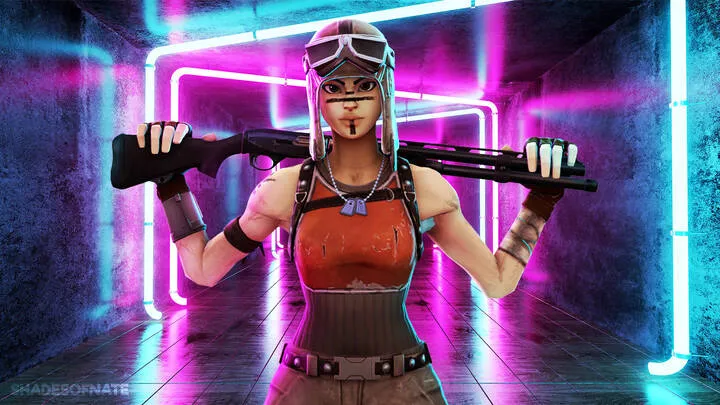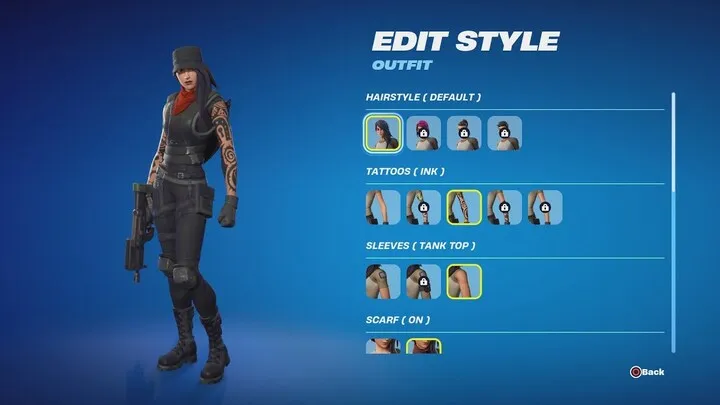Building and editing are the heart of Fortnite’s competitive identity. Unlike most battle royale games, Fortnite allows players to manipulate their environment in real time, creating structures that serve as both defense and offense. Mastering these mechanics can feel overwhelming at first, but with the right approach, any player can transform from a beginner fumbling with walls into a pro who edits faster than their opponent can react. This guide takes you step by step through the journey, breaking down the fundamentals and advancing toward professional-level techniques.
Understanding the Fundamentals of Building
Every pro begins with the basics, and in Fortnite, that means learning the four essential building elements: walls, floors, ramps, and cones. Each of these structures has unique functions that form the foundation of your playstyle.
Walls provide protection and are the fastest way to block incoming fire. Ramps allow elevation, which is crucial for high-ground control. Floors are used to create stable platforms or to block enemies beneath you, while cones are versatile tools that can either secure territory or trap opponents.

Before rushing into flashy mechanics, you should practice placing these elements quickly and confidently. Many beginners hesitate when under fire, but the secret is to make wall placements second nature. Once this becomes instinctive, you’ll be ready to combine builds into functional structures such as 1x1 towers or box fights.
Setting Up Your Keybinds for Speed and Efficiency
The difference between casual players and competitive builders often comes down to control settings. Using default binds might seem fine at first, but the faster you want to build and edit, the more you’ll need custom setups.
Most pros bind their walls, ramps, floors, and cones to separate, easily accessible keys. This avoids clunky cycling through build options. Mouse buttons, side buttons, or keys like Q, E, F, and C are common choices. The key is comfort—your fingers should never feel strained while switching pieces.
Sensitivity settings also play a big role. If your mouse DPI or controller sensitivity is too high, your builds will feel sloppy. If it’s too low, your reaction time suffers. Experiment until you find a balance that allows precise edits without sacrificing quick rotations.
Practicing the Art of Piece Control
Piece control is a term you’ll hear constantly in competitive Fortnite. It refers to claiming the structures in a fight before your opponent does. When you own the wall or ramp in a box fight, you control the pace of the battle.
Begin by practicing taking walls. Place a wall directly in front of your enemy, then edit it open before they can react. Follow this by placing a floor and cone inside their box, limiting their movement. Once you own every piece around them, they’re forced into a defensive position, making them easy to finish.
To practice piece control, load into Creative mode and run drills where you approach an enemy box and claim all four walls plus the floor and cone. Repeat until it feels automatic. With time, you’ll start to see how piece control creates openings your opponents can’t counter.
Building for Defense: Surviving Pressure
Not every fight starts on your terms. Sometimes you’ll be caught off-guard, under fire from multiple angles, or pressured by a more aggressive opponent. Defensive building is what keeps you alive long enough to counterattack.

The simplest defense is the “panic box,” where you instantly place four walls, a floor, and a roof around yourself. From here, you can heal, reset, or plan your next move. The trick is not just building the box, but editing it quickly to reposition when necessary.
Another powerful technique is tunneling. By placing walls and floors in a sequence, you create a safe passage that protects you while rotating in late-game zones. Tunneling requires rhythm and speed, but once mastered, it’s one of the most effective survival tools in Fortnite.
Offensive Building: Taking the Fight to Your Opponent
Once you’re comfortable with defense, it’s time to go on the offensive. Offensive building means applying pressure while controlling the battlefield.
One of the most basic but effective techniques is the ramp push. Build upward with ramps and walls, keeping yourself protected as you approach. More advanced strategies include the double ramp with floors and walls, which makes you harder to shoot down.
High-ground retakes are also essential. If your opponent builds above you, use techniques like side jumps, protected 90s, or ramp-flip retakes to regain the high ground. The ability to transition from defense to offense quickly is what separates intermediate players from advanced ones.
Learning and Mastering Editing
Editing is the second half of Fortnite’s skill ceiling. Owning builds isn’t enough—you need to edit them efficiently to surprise opponents, create openings, and move fluidly through fights.
Start with simple edits: doors, windows, and half-walls. These let you peek safely or fire while minimizing exposure. As you get faster, practice more complex edits like triple edits, where you edit a floor, cone, and wall in rapid sequence to open a path.
One key to editing mastery is crosshair placement. Always position your aim where the edit will begin, saving milliseconds of drag time. Another is predicting opponent behavior—edit when you know they won’t expect it. Editing isn’t just about speed; it’s about timing and deception.
Combining Building and Editing in Real Scenarios
The true magic of Fortnite comes when building and editing flow together seamlessly. Imagine boxing an opponent, editing a wall open, firing a shot, and instantly resetting the wall to block their counterattack. That’s the rhythm you want to achieve.
In practical scenarios, try to combine a ramp push with edit plays. Place a wall in front of your ramp, edit a window, and shoot through before your enemy even realizes what happened. Or, use a cone edit inside their box to limit their movement and set up a clean angle.
The best players treat building and editing like a dance. One leads into the other, with no hesitation. To reach this level, set up Creative practice routines where you build into edit courses, gradually increasing speed until it feels natural.
Creative Mode Drills and Training Routines
Creative mode is your training ground, the gym where you sharpen every skill. Without it, progress is slow and inconsistent.
Some of the most effective drills include box fight maps, edit courses, and tunneling maps. These simulate real in-game scenarios while letting you practice specific mechanics. For instance, an edit course challenges you to complete edits in sequence while under time pressure.
A strong routine might look like this: spend 10 minutes warming up with simple builds, 20 minutes running edit courses, 15 minutes practicing box fights, and 15 minutes focusing on tunneling. In less than an hour, you’ll see consistent growth, and the muscle memory you build will carry into real matches.
Applying Skills in Competitive Matches
All the practice in the world doesn’t matter if you can’t apply it in real matches. Competitive Fortnite is fast, unpredictable, and filled with players who are also masters of building and editing.

The key is to stay calm under pressure. Use your defensive skills to survive the early game, then rotate with tunneling and smart builds. In mid-game, focus on piece control and offensive pushes against weaker opponents. Save your most advanced retakes and edits for endgame, where every second counts.
Don’t forget about resource management. Even the best builders fall if they run out of mats. Knowing when to engage, when to retreat, and when to conserve materials is as important as technical skill.
The Path from Beginner to Pro
Mastering building and editing isn’t about learning flashy tricks overnight. It’s a gradual journey, where each stage builds on the last. First, you learn the basics. Then you optimize your settings, sharpen your mechanics, and develop defensive and offensive skills. Eventually, you combine them into a fluid playstyle that makes you unpredictable and unstoppable.
Watching professional players can accelerate your growth. Study their retakes, their edits, their decision-making. But remember: copying isn’t enough. You need to adapt these techniques to your own playstyle, finding what feels natural for you.
By dedicating time each day to practice and reviewing your mistakes, you’ll eventually transform into the kind of player who not only survives fights but controls them from start to finish.
Conclusion
Building and editing are Fortnite’s defining features and the skills that set pros apart from casual players. From fundamentals like wall placements to advanced concepts like piece control and high-ground retakes, mastery comes from consistent practice and smart application. With the right mindset, drills, and strategies, any beginner can climb the ranks and play like a pro.
















